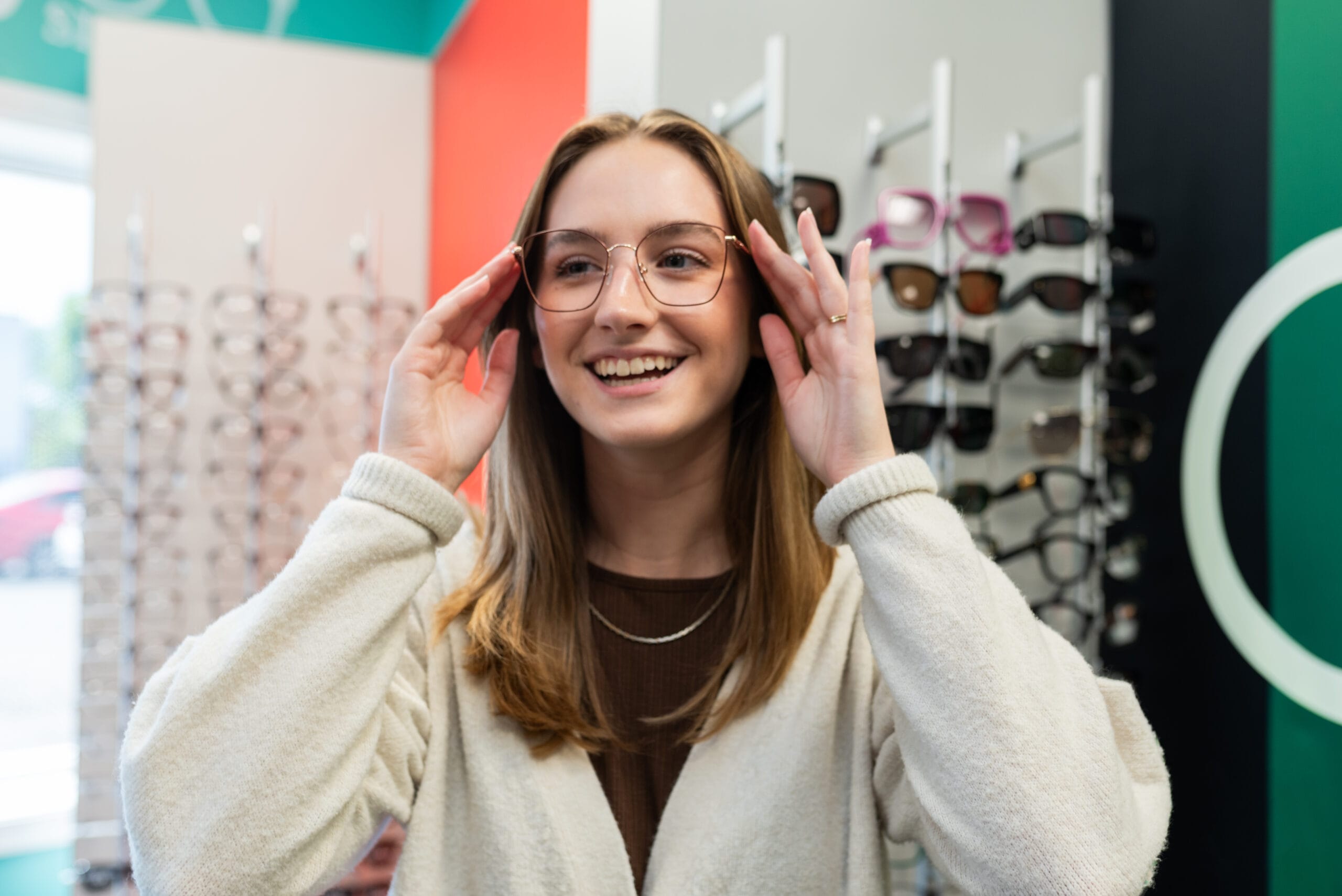It’s hard to believe that school is starting (or has already started) again. As a parent you spend many hours (and dollars) to make sure your child is prepared for the new school year.
Has your child had their annual exam with your Indiana eye doctor? Good vision is essential to your child’s success in the classroom so it’s imperative that they visit Dr. Tavel each year.
When it comes to purchasing eyewear for your youngster, here are five things AllAboutVision.com recommends that you consider:
1. Lens Thickness – A strong prescription requires strong lenses that are likely to be thick, so it’s important to keep the frames as small as possible to reduce the final lens thickness.
2. Plastic or Metal – In the past, plastic frames were a better choice for children because they were considered more durable, less likely to be bent or broken, lighter in weight and less expensive. But now manufacturers are making metal frames that incorporate these features as well.
3. Proper Bridge Fit – Kids typically don’t have a bridge to prevent plastic frames from sliding down. Metal frames, however, usually are made with adjustable nose pads, so they fit everyone’s bridge. Each frame must be evaluated individually to make sure it fits the bridge.
4. The Right Temple Style – Temples that wrap all the way around the back of the ear help keep glasses from sliding down or dropping off a child’s face completely. Another option might be a strap that goes around the head.
5. Lens Material – Children’s lenses should be made of polycarbonate because this lightweight material is significantly more impact-resistant than other lens materials. It is also lighter in weight than regular plastic lenses. Polycarbonate also has built-in protection against potentially damaging ultraviolet rays.
Kids are tough on their eyewear so it’s a good idea to have a backup pair. This is essential if your child has a strong prescription and can’t see without his or her glasses.
Start your child off on the right foot with a new pair of eyewear!
